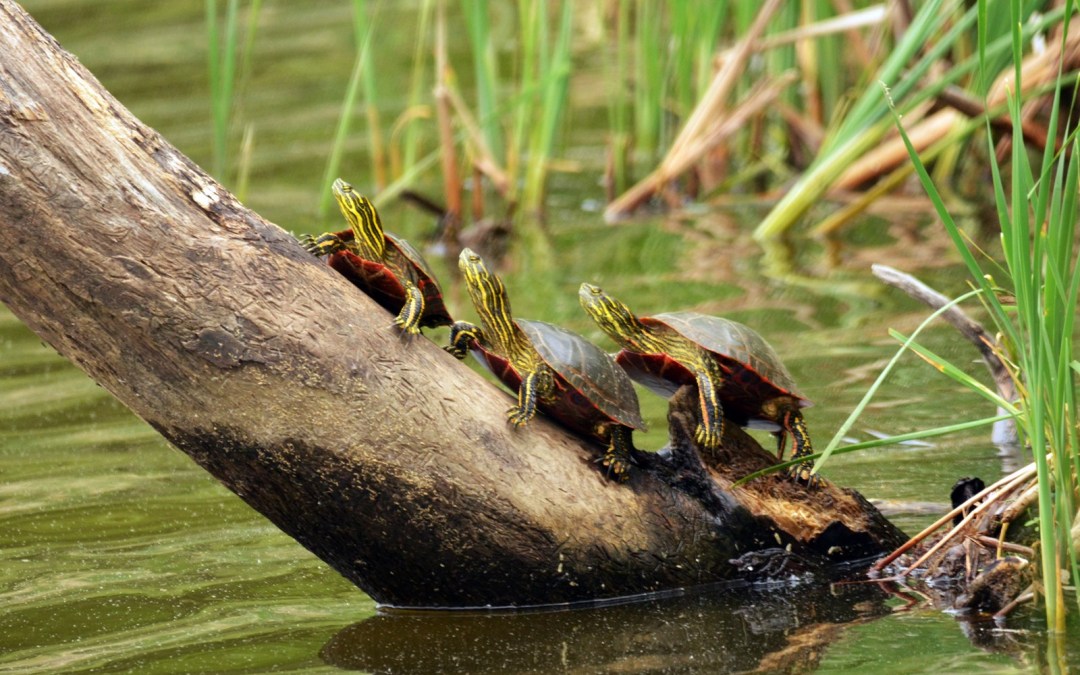- About
- Topics
- Story
- Magazine
- In-Depth
- Picks
- Opinion
- News
- Donate
- Signup for our newsletterOur Editors' Best PicksSend
Read, Debate: Engage.
Less than a month after loosening curbs on methane emissions, the Trump administration rolled back Obama-era clean-water protections, which capped the amount of polluting chemicals that could be processed near streams and wetlands. The administration’s campaign against the existing protections of water bodies began as soon as President Trump took office, and its official success marks a victory for farmers, rural land-owners, and developers who now have virtually free reign to go about their business without having to consider the consequences their actions will bear on clean water sources.
The Obama-era policy, titled Waters of the United States Rule, constituted an expansion of the 1972 Clean Water Act, and broadened the meaning of what qualified as “waters of the United States.” The rule stipulated that polluters will need a special permit from the Environmental Protection Agency (EPA) in order to discharge dangerous chemical substances into streams and wetlands, as well as grow certain crops and use certain pesticides and fertilizers that could potentially harm water sources in their vicinity. This placed a significant cap on the pollution levels of water bodies across the United States.
The EPA is expected to publish its new version of the water protection rule by the end of the year, and will, as it seems, retain protection of large bodies of water, the rivers that drain into them and wetlands in their direct vicinity. The new rule, however, will scale back the legal definition of “water bodies of the United States”, and strip protections from streams and wetlands not directly connected to large bodies of water as well as ones that run only during or after rainfall.
Many predict that until the new rule is in place, we can expect a period of great bewilderment among farmers and real estate developers, during which uncertainty will prevail, permits will be granted on a case-by-case basis, and great back-logs could potentially accumulate for the EPA.
Environmentalists, lawmakers, and citizens from across the country have been raising the alarm regarding the clean water repeal, warning of the dire repercussions it will have for both the environment and people. In an interview for The New York Times, Laura Rubin, director of the Healing Our Waters-Great Lakes Coalition, stated that “With many of our cities and towns living with unsafe drinking water, now is not the time to cut back on clean water enforcement.”
During a press conference last Thursday, EPA administrator Andrew Wheeler defended the move by stating that, “Today’s final rule puts an end to an egregious power-grab…farmers, property owners and businesses will spend less time and money determining whether they need a federal permit and more time building infrastructure.”
Dozens of lawsuits against the government and EPA are expected to be filed across the country in an attempt to block the clean water repeal. Yet, as such cases must be processed in a state court as opposed to a federal one, it is likely that the administration would take up the case in a friendly Red State where the court will be inclined to side with the government.
The clean water repeal is merely one of the numerous steps the government has been taking in the past two and a half years in order to gut environmental protections of the environment and loosen restrictions on polluting entities, favouring industry over the environment. By expediting and exacerbating the effects of climate change and the degradation of the planet, the administration infringes upon the innate rights of people to access clean water, breathe fresh air, and live in a healthy environment. It deprives all living creatures from the chance of a future.
Photo: grandriver/ Getty Images, Fracking-Bohrloch im US-Bundesstaat Colorado
